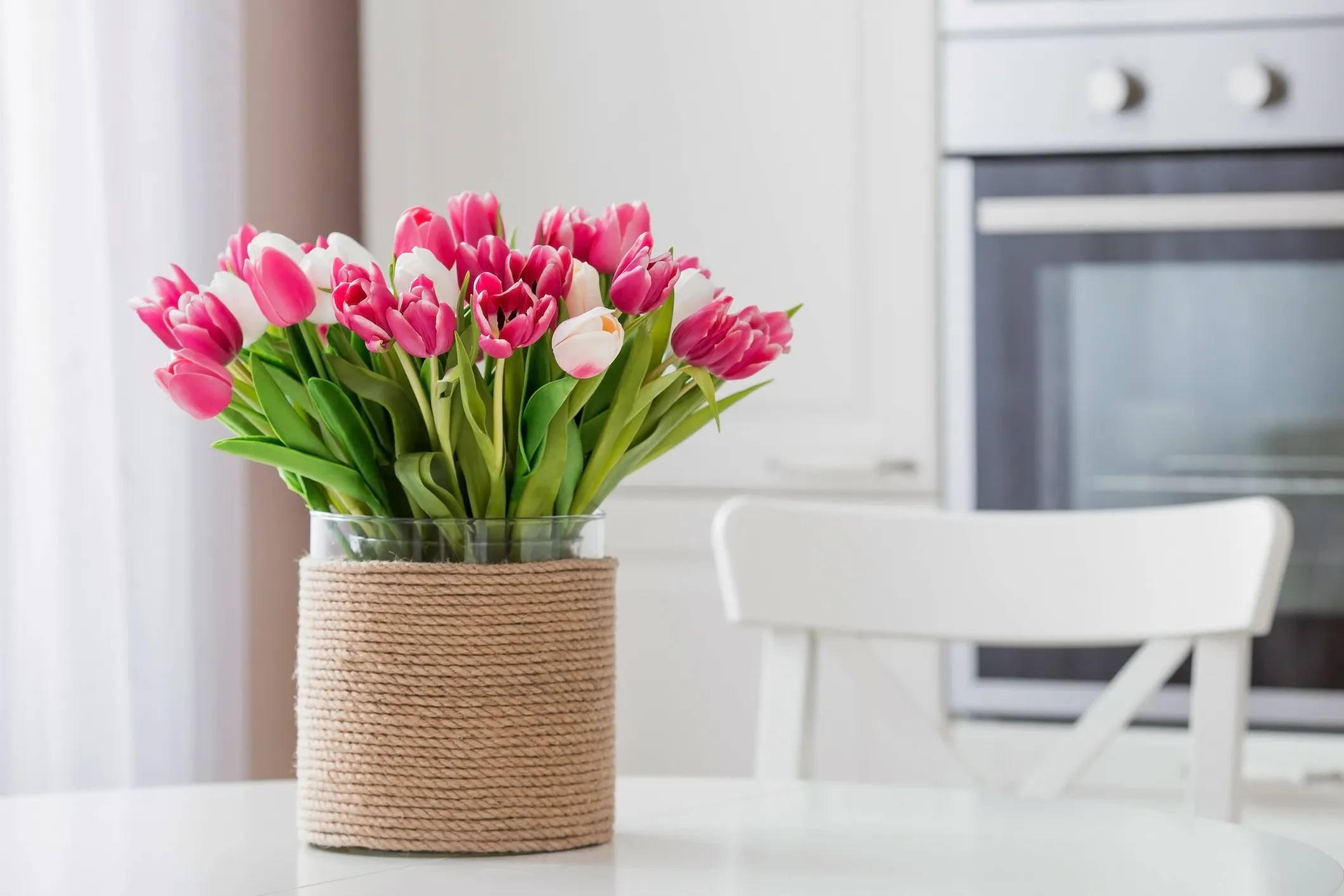Spring Forward: HVAC System Transition Guidelines for Spring
As the days and nights get warmer this spring, your attention shifts from keeping your home warm to cooling it down. Getting your heating and cooling equipment ready for the changing seasons is essential if you expect to maintain home comfort and energy efficiency. Follow these HVAC system transition suggestions from the HVAC specialists at Service Experts Heating & Air Conditioning to be sure your cooling system is primed and ready for the warmer months ahead.
Inspect the Air Filter
Your HVAC filter slowly collects dust, pollen and other particles, reducing airflow. This can force your system to work harder. Preferably, you should replace the filter every three months or less, with exactly how often you change it determined by your system usage and filter type. Pick the proper size and efficiency rating for your system, since using anything other than the recommended size and type of filter can overly restrict airflow and diminish efficiency. If you’re uncertain which filter to buy or how to install it into your system, ask your HVAC professional during your next maintenance visit to demonstrate.
Examine the Exterior Condensing Unit
The outdoor unit of your AC system that blows out hot air, also known as a condensing unit, is a fundamental part of the cooling process. Here’s how to prep your outdoor cooling unit for another summer:
- Take off the AC cover: If you placed a cover or board over your outdoor unit to protect it during the winter, remove it before powering up the air conditioner for the first time this spring.
- Clean the unit: Over the fall and winter, your outdoor unit may have become covered in leaves, dirt and other debris. Gently spray it with a garden hose to wash away this buildup.
- Remove neighboring debris: The area surrounding your outdoor unit should remain clear for optimal airflow. Remove leaves, pine needles and other debris around the condenser. Also, cut back nearby any plants to ensure at least 12 to 24 inches of clearance on all sides.
- Check that the unit is level: The concrete pad your condensing unit sits on may shift or settle as time passes, causing the unit to tilt. To prevent improper operation and premature wear, level the unit by wedging shims underneath its base. Verify your adjustments with a carpenter’s level.
Change the Thermostat
Adjust your thermostat to a pleasant yet energy-efficient temperature. For the summer months, 78 degrees F is suggested while you’re inside your home. If you feel overly warm, turn on the ceiling fan to make the room feel cooler without lowering the thermostat.
Increase the temperature by 7 to 10 degrees when no one is home during the day for energy savings. To avoid losing comfort, install a programmable thermostat and set it to resume to a comfortable temperature when you are going to be back home. This method saves up to 10% on your air conditioning expenses.
Check and Vacuum Your Air Registers
Dust, pet hair and other debris can accumulate on supply and return registers, obstructing airflow. Use the brush attachment on your vacuum cleaner to clear away this buildup. After that, verify all your vents are open and not blocked by objects, rugs or curtains.
In spite of what you might think, closing vents in spare rooms does not use less energy; all it does is disrupt the system’s return/supply balance. To protect against unnecessary strain, keep at least 80% of your supply registers open and unblocked at all times.
Detect and Close Air Leaks
Leaky windows, doors and other gaps let hot, humid air to sneak in your home. To correct this issue, look over window and door seals, using caulk and weatherstripping to seal any gaps. Next, search the attic for insufficient insulation or breaks near pipes, ductwork and light fixtures. Fix these leaks with spray foam and top them with additional insulation to reduce unwanted air exchange through the attic floor.
Conduct a System Test
Before the season heats up, operate your air conditioning for a couple of minutes. Walk around your home and make sure cool air flows easily from every vent. If you see anything amiss, call a heating and cooling specialist to conduct AC repair to nip the problem in the bud.
Schedule Knowledgeable HVAC Maintenance with Service Experts Heating & Air Conditioning
While do-it-yourself maintenance is helpful, it can’t replace the complete care provided by a certified professional. Duties like measuring the refrigerant charge, tightening electrical connections and cleaning the evaporator coil demand specialized tools and training that only professionals possess.
Spring is an excellent time to set up AC maintenance, allowing you to deal with issues at the beginning and prepare the system for the summer heat. Prioritize this service to appreciate the following perks:
- Decreased energy expenses
- Fewer midseason breakdowns
- Reduced repair costs
- Better home comfort
- Longer system life span
- Protected warranty coverage
Why Choose Service Experts Heating & Air Conditioning for Your HVAC Needs in Calgary?
Service Experts Heating & Air Conditioning provides reliable AC services to ensure your comfort and satisfaction this spring. Our certified technicians are trained to provide prompt, effective solutions to all your HVAC challenges. For professional service that lives up to our name, call 403-279-5760 today!
